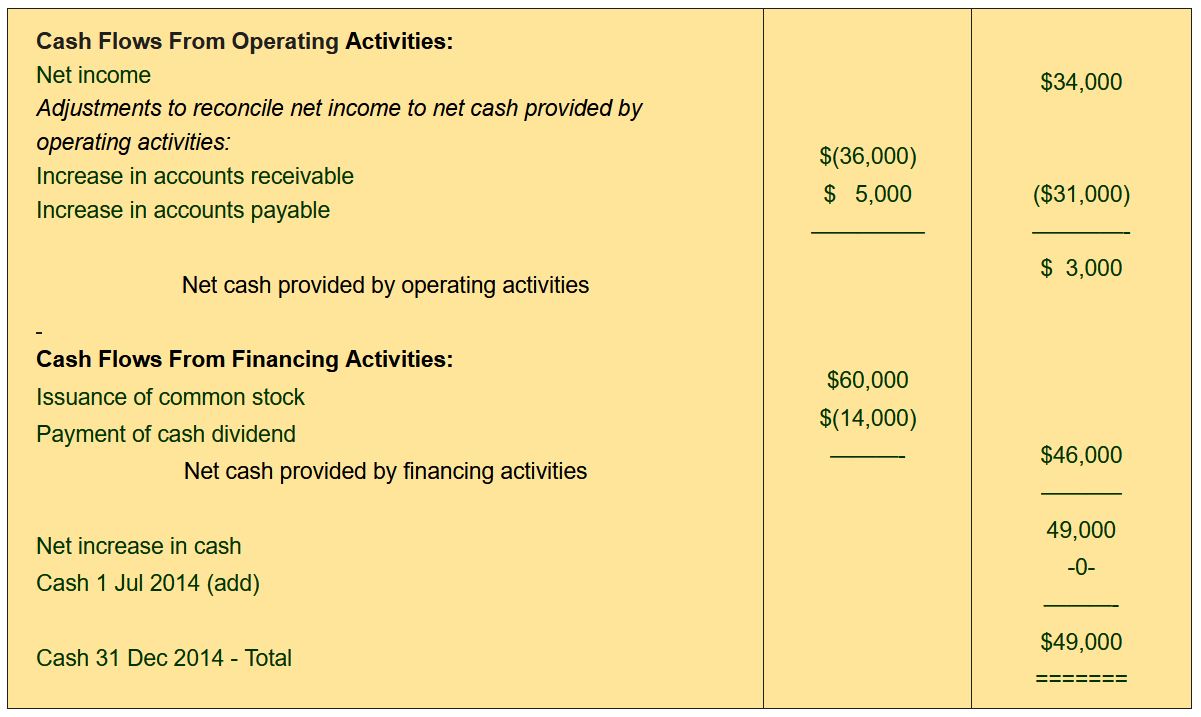

Finance
Birth-Death Ratio Definition
Published: October 16, 2023
Learn the meaning of birth-death ratio in finance and how it impacts the economy. Explore its significance and implications for financial stability.
(Many of the links in this article redirect to a specific reviewed product. Your purchase of these products through affiliate links helps to generate commission for LiveWell, at no extra cost. Learn more)
The Birth-Death Ratio: Understanding its Definition and Significance in Finance
When it comes to financial analysis, understanding key metrics is essential for making informed decisions. One important metric that often flies under the radar is the Birth-Death Ratio. In this blog post, we will demystify this concept and explore its significance in the world of finance.
What is the Birth-Death Ratio?
The Birth-Death Ratio or BDR is a financial indicator that measures the number of new businesses entering the market (births) compared to the number of businesses exiting the market (deaths) during a specific timeframe. This ratio provides insights into the overall health and dynamism of an economy.
Key Takeaways:
- The Birth-Death Ratio is a metric that compares the number of new businesses established to the number of businesses shutting down within a given period.
- A high Birth-Death Ratio indicates a growing and competitive market, while a low ratio can suggest economic stagnation.
Now, let’s dive deeper into the significance of the Birth-Death Ratio in finance.
Understanding the Significance of the Birth-Death Ratio
The Birth-Death Ratio
serves as a useful gauge for investors, policymakers, and analysts for several reasons:
- Economic Growth and Dynamism: A higher Birth-Death Ratio generally indicates a robust and growing economy. When the number of new businesses entering the market exceeds the number of businesses exiting, it suggests entrepreneurial activity and innovation, leading to economic expansion and job creation.
- Market Competitiveness: A high Birth-Death Ratio can also signify a competitive market environment. As new businesses emerge, they increase competition, driving existing businesses to innovate and adapt to stay relevant.
On the flip side, a low Birth-Death Ratio can have negative implications:
- Economic Stagnation: A low Birth-Death Ratio may indicate economic stagnation, lack of entrepreneurial activity, or a struggling economy. This can raise concerns about limited job opportunities and potential economic decline.
- Market Consolidation: In some cases, a low Birth-Death Ratio could suggest market consolidation, where existing businesses dominate the market, making it difficult for new entrants to flourish. This concentration of power can limit innovation and potentially lead to market monopolies.
Conclusion
In summary, understanding the Birth-Death Ratio is crucial for gaining insights into the health and competitiveness of an economy. A high ratio signifies economic growth, dynamism, and market competitiveness, while a low ratio can indicate economic stagnation and market consolidation. By keeping an eye on this metric, investors, policymakers, and analysts can make more informed decisions in the dynamic world of finance.














